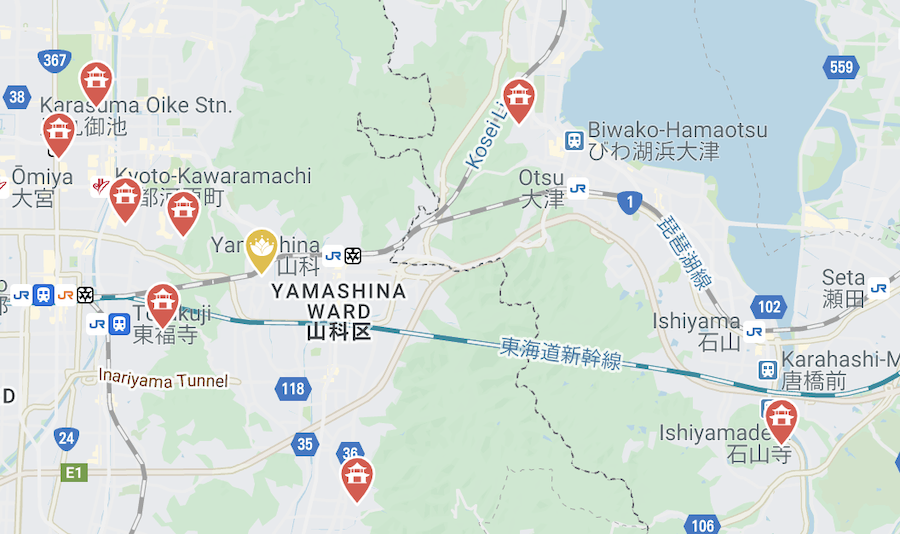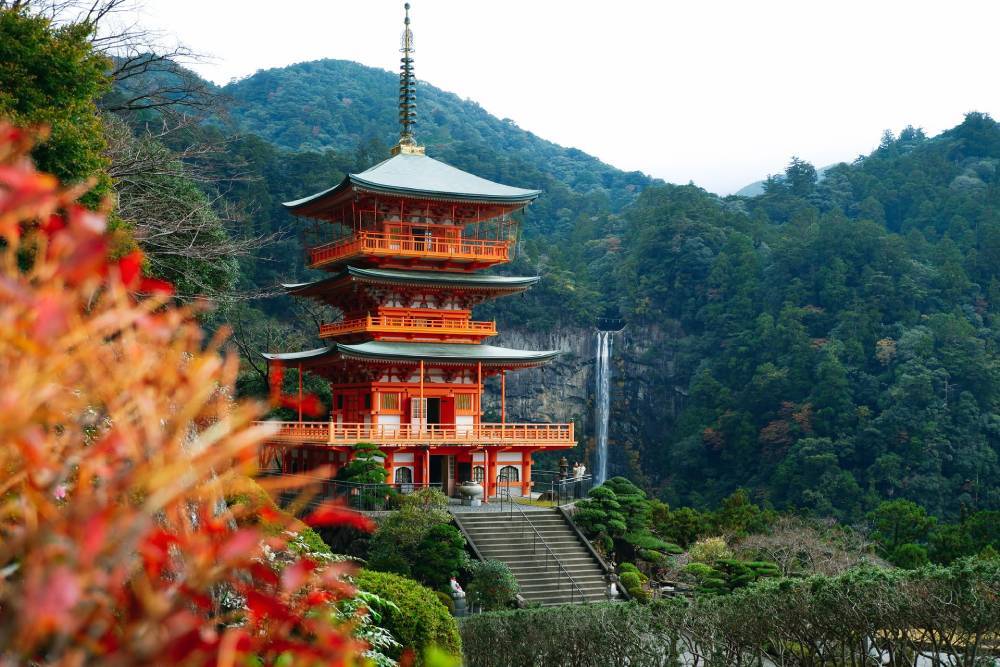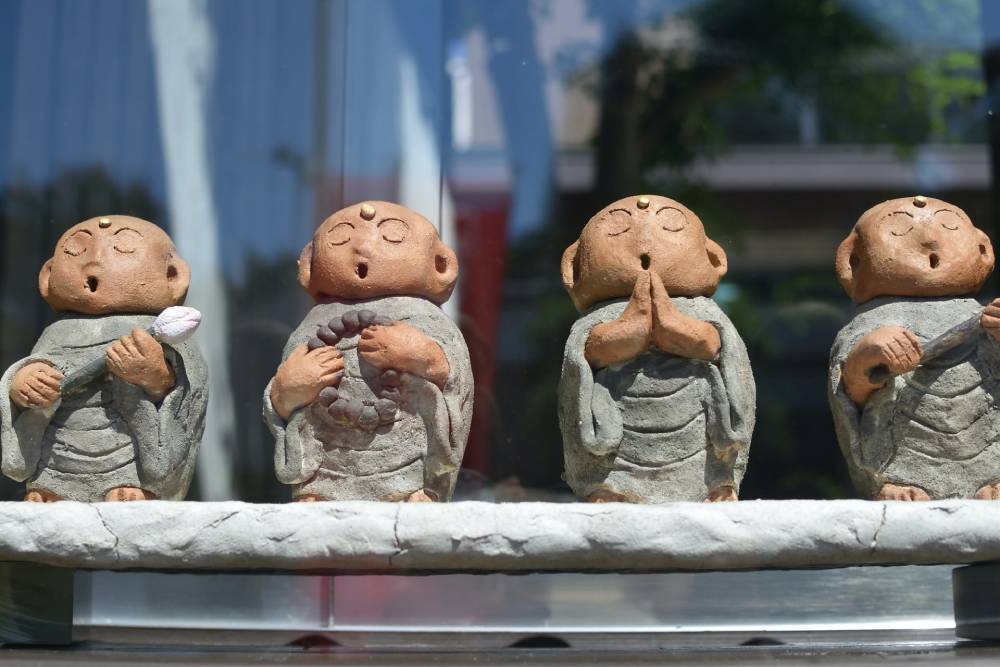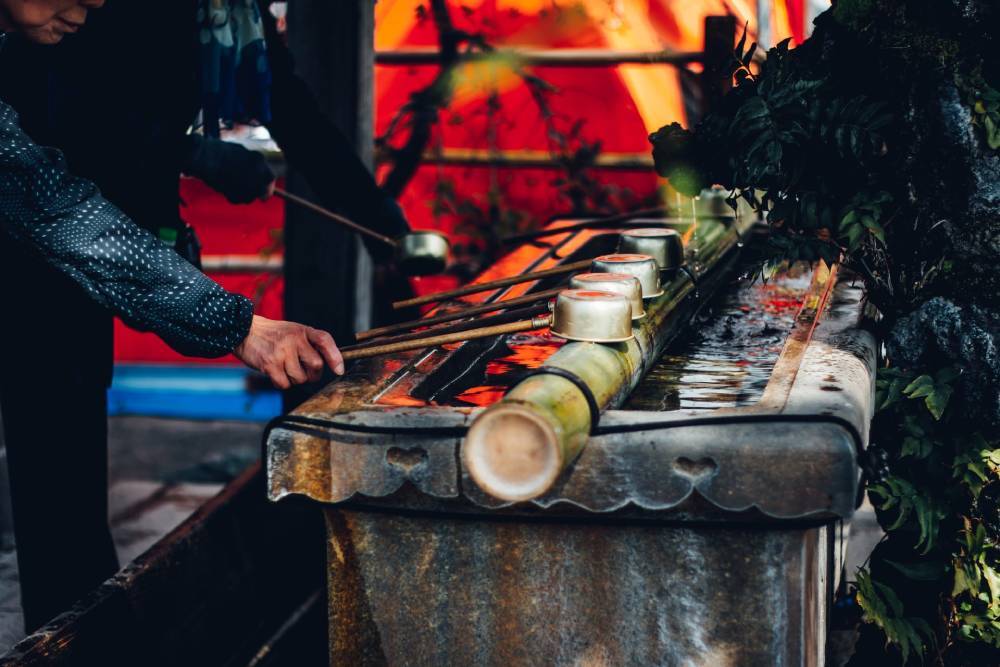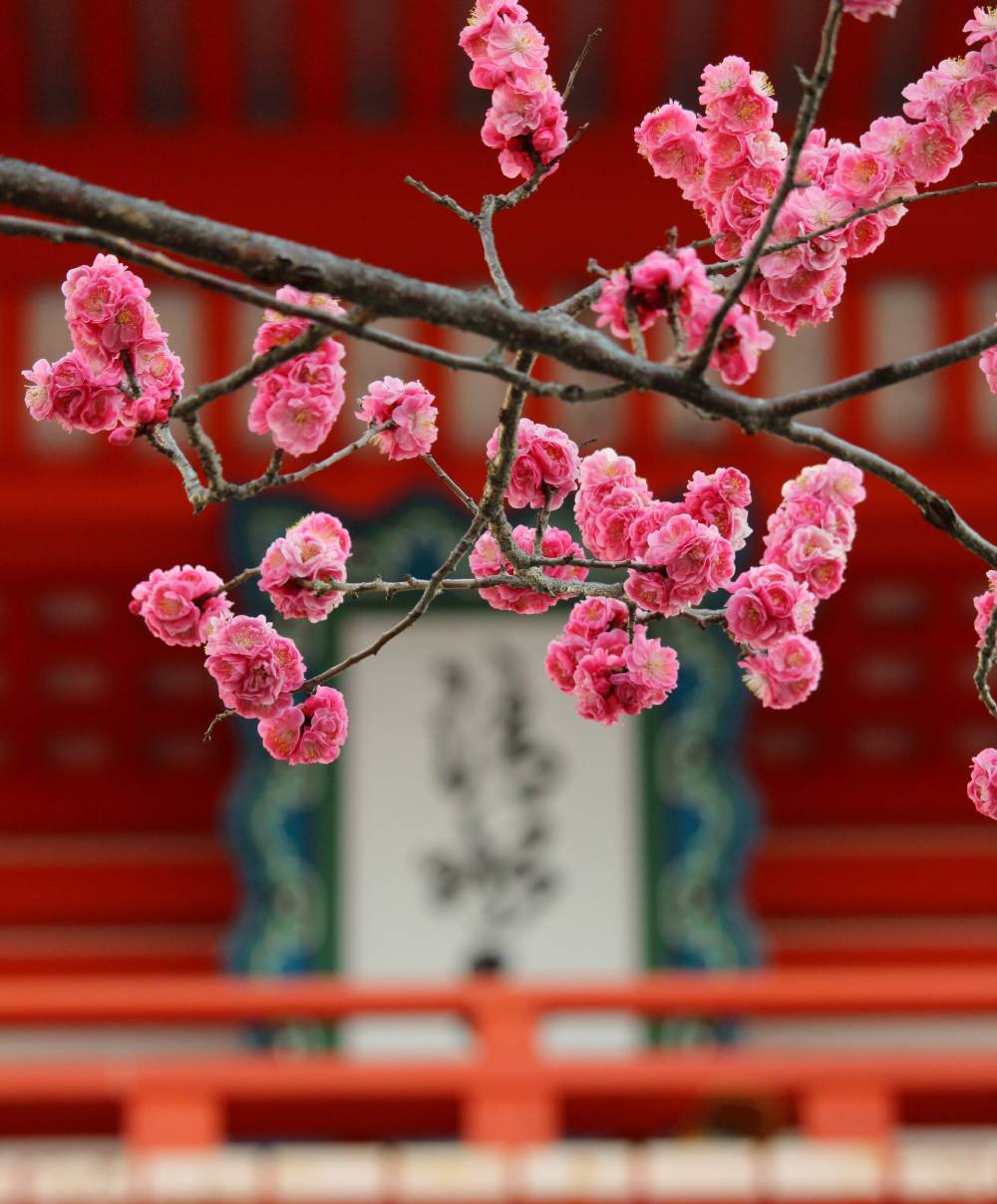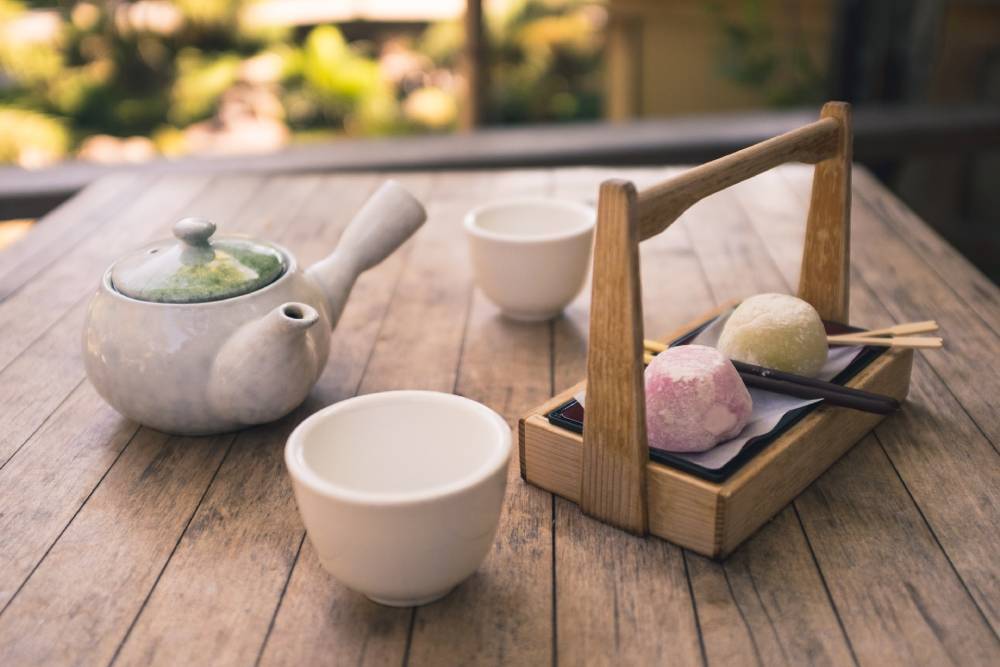Frequently Asked Questions
Do I have to be Buddhist to do the Saigoku Kannon Pilgrimage?
No, you do not have to be Buddhist to go on the Saigoku 33 and visit its sites. In fact, those with outside religious beliefs and perspectives are often affected deeply by the journey. Japan has a deep tradition of religious syncretism, and -- so long as you are respectful -- locals tend to welcome outsiders to their holy places. Many temples along the Saigoku Pilgrimage are well acclimated to foreigners; they have benefited from international tourism for decades.
While there are no hard requirements to take part in temple traditions and rituals as a pilgrim, it can be a moving experience and is a great chance to immerse oneself in Japanese culture. Consider embracing the authentic pilgrim way (and show respect to the host culture as a result).
Do I have to wear the “official” pilgrim attire?
No, you do not have to wear traditional white robes (hakui) or carry a walking stick (tsue). Many pilgrims wear no overt clothing, and some chose to wear “unofficial” garments that are white in color (jogging suits, hats, jackets, etc.). Some put on traditional clothing when entering temple grounds, and take it off when they leave. You may find someone fully decked-out in traditional gear sitting alongside someone wearing none. They are both pilgrims.
That said, wearing pilgrim attire can have its benefits. It lets others know that you are a pilgrim, piques curiosity, and can be an immersive experience.
What happens at the end of my pilgrimage?
At Temple 33 - Kegon-ji 華厳寺, there is a wooden carp (koi fish) mounted on the wall. This carp, called the “shōjin otoshi no koi” (精進落しの鯉), marks the end of the Saigoku Pilgrimage – pilgrims who touch it have officially completed their journey. At Temple 33’s stamp office, one can get a “wishes fulfilled” (“mangan”, 満願) stamp, which indicates that one has finished the whole route. This stamp also depicts the koi.
Many people choose to do other pilgrimages after finishing the Saigoku 33 – there are hundreds more like it around Japan, and hundreds more still in other places around the world. The Saigoku Kannon Pilgrimage in particular is one of three parts of the 100 Kannon circuit.
Others choose to do the pilgrimage more than once. There is is a saying in Japanese: ‘The first time is for my ancestors; the second time is for my family; the third time is for me.’ Like many of the more established pilgrimages in Japan, there is a ranking system for pilgrims which allows people to ‘level up’ the more times they’ve completed the journey. The highest rank is “myōju” (妙寿), which is for people who have done the pilgrimage a shocking 132 times!
